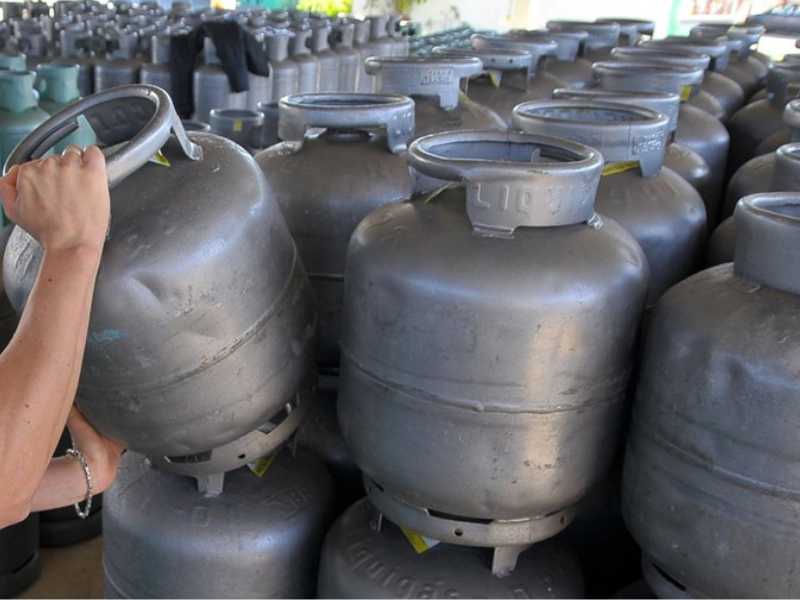Advertisements
FGTS Digital is a Federal Government initiative to modernize and simplify the process of collecting the Severance Pay Guarantee Fund (FGTS). Thus, this digital platform seeks to optimize the management and transparency of the FGTS, making interaction between employers, workers and the government more efficient.
In other words, FGTS Digital represents a significant step in the digitalization of public services. This is in line with global trends towards automation and facilitation of bureaucratic processes.
See more: See how the C6 Carbon credit card works
Advertisements
What is the main objective of FGTS Digital?
The main functionality of this new feature is to allow employers to collect FGTS in a more practical and efficient way. Thus, with this new platform, it is possible to import data to calculate the FGTS fine (compensatory indemnity) for several workers simultaneously (in batch), using a file with a specific layout.
This significantly speeds up the process, especially for companies with a large number of employees.
Advertisements
Deployment schedule
Initially scheduled to go into production in January 2024, this new product has had its schedule changed to March 2024.
Therefore, it is worth highlighting that the change in the schedule meets the requests of several employer institutions that asked for more time to carry out tests on the system and adjustments to their internal processes.
Furthermore, the calamity declared in municipalities in Rio Grande do Sul and the replacement of other accessory obligations by eSocial also contributed to the extension.
FGTS Digital Features
FGTS Digital offers several features that aim to improve the user experience and the efficiency of the FGTS collection process:
- Calculation of the FGTS fine in batches: allows the import of data to calculate the FGTS fine for several workers at once.
- FGTS due date: the change to the 20th of the following month will only take effect from the start date of the Digital FGTS.
Therefore, this new system is a clear example of the government's commitment to modernizing and making public services more efficient, aiming to make life easier for employers and ensure workers' rights.
With this new feature, a significant reduction in the administrative workload and a more transparent and agile process for everyone involved are expected.
Image: Agência Brasil
























